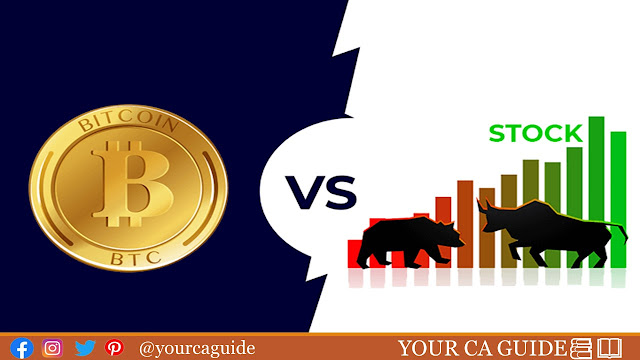National Pension Scheme
What is National Pension Scheme (NPS)?
- This is a voluntary and long-term investment plan for retirement. Like APY, the scheme is under the purview of the PFRDA. The NPS is open to employees from the public and private sectors. The scheme is self-funded pension system. NPS subscribers invest in the pension account at regular intervals.
- After retirement, the subscribers can take out a certain percentage of the corpus while the remaining amount will come to you as monthly pension. A portion of the NPS investment goes to equities/stocks. There is a cap on equity exposure for the National Pension System. The cap acts like a stabilizer for the risk-return equation.
- You can choose to invest your money in a wide range of options. The account maintenance costs under NPS are the lowest as compared to similar pension products available in India, like retirement plans offered by Insurance companies and mutual funds, according to PFRDA website. NPS subscribers have control on the choice of investment made (Active or Auto Choice) and the Pension funds who manages the investments. Subscribers can switch from one Pension fund to another, one investment option to another, subject to certain regulatory restrictions. Three Life Cycle funds are available under NPS Auto Choice.
- Under LC75 – Aggressive Life Cycle Fund, the exposure in Equity Investments starts with 75% till age 35 and gradually reduces as per the age of the subscriber.
- Under LC50- Moderate Life Cycle Fund, the exposure in Equity Investments starts with 50% till age 35 and gradually reduces as per the age of the subscriber.
- Under LC 25- Conservative life cycle fund, the exposure in Equity Investments starts with 25% till age 35 and gradually reduces as per the age of the subscriber.
- Individuals who are employed and contributing to NPS would enjoy tax benefits on their own contributions and their employer’s contribution as under: -
- (a)
Employee’s own contribution - Eligible for a tax deduction up to 10% of Salary
(Basic + DA) under Section 80 CCD (1) within the overall ceiling of ₹ 1.50 lakh under Sec 80 CCE.
- (b) Employer’s contribution – The employee is eligible for tax deduction up to 10% of Salary (Basic + DA) contributed by employer under Sec 80 CCD(2) over and above the limit of ₹ 1.50 lakh provided under Sec 80 CCE.
- Self-employed NPS subscribers are eligible for a tax deduction up to 20 % of gross income under Sec 80 CCD (1) within the overall ceiling of ₹ 1.50 lakh under Sec 80 CCE. Subscriber is allowed deduction in addition to the deduction allowed under Sec. 80CCD(1) for additional contribution in his NPS account subject to maximum investment of ₹ 50,000/- under Sec. 80CCD 1(B).
- On
retirement at the age of 60, the NPS subscriber needs to buy an annuity with
minimum 40% of the accumulated wealth. The remaining 60% is paid as a lump sum.
In case the total corpus is less than ₹ 2 lakh, the
subscriber can withdraw the entire amount. In terms of early withdrawal and
exit, if you have been investing in NPS for at least 3 years, you can withdraw
up to 25% for certain specified purposes. These include children’s wedding or
higher studies, building/buying a house or medical treatment of self/family etc.
- Do note that a NPS subscriber can make a withdrawal for up to 3 times (with a gap of 5 years) in the entire tenure. There are two primary account types under the NPS – Tier I and TierII.
- Tier I is the retirement account which gets a host of tax breaks, whereas Tier II is a voluntary account which allows NPS subscribers to invest and take out money anytime. You can invest in a Tier II account only if you have an active Tier I account
To Read My Article on Financial Goals. Do Visit the Following Link: https://www.yourcaguide.com/2022/06/financial-goals.html
To Read My Article on Succession Planning. Do Visit the Following Link: https://www.yourcaguide.com/2022/06/succession-planning.html
To Read My Article on The Importance of Saving Money. Do Visit the Following Link: https://www.yourcaguide.com/2022/06/the-importance-of-saving-money.html
To Read My Article on Personal Finance - What And Why. Do Visit the Following Link: https://www.yourcaguide.com/2022/06/personal-finance-what-and-why.html
To Read My Article on Investment and Tax Planning. Do Visit the Following Link: https://www.yourcaguide.com/2022/06/investment-and-tax-planning.html



Comments
Post a Comment
I would be very happy if you share your feedback and suggestions (if any) on my blogs.